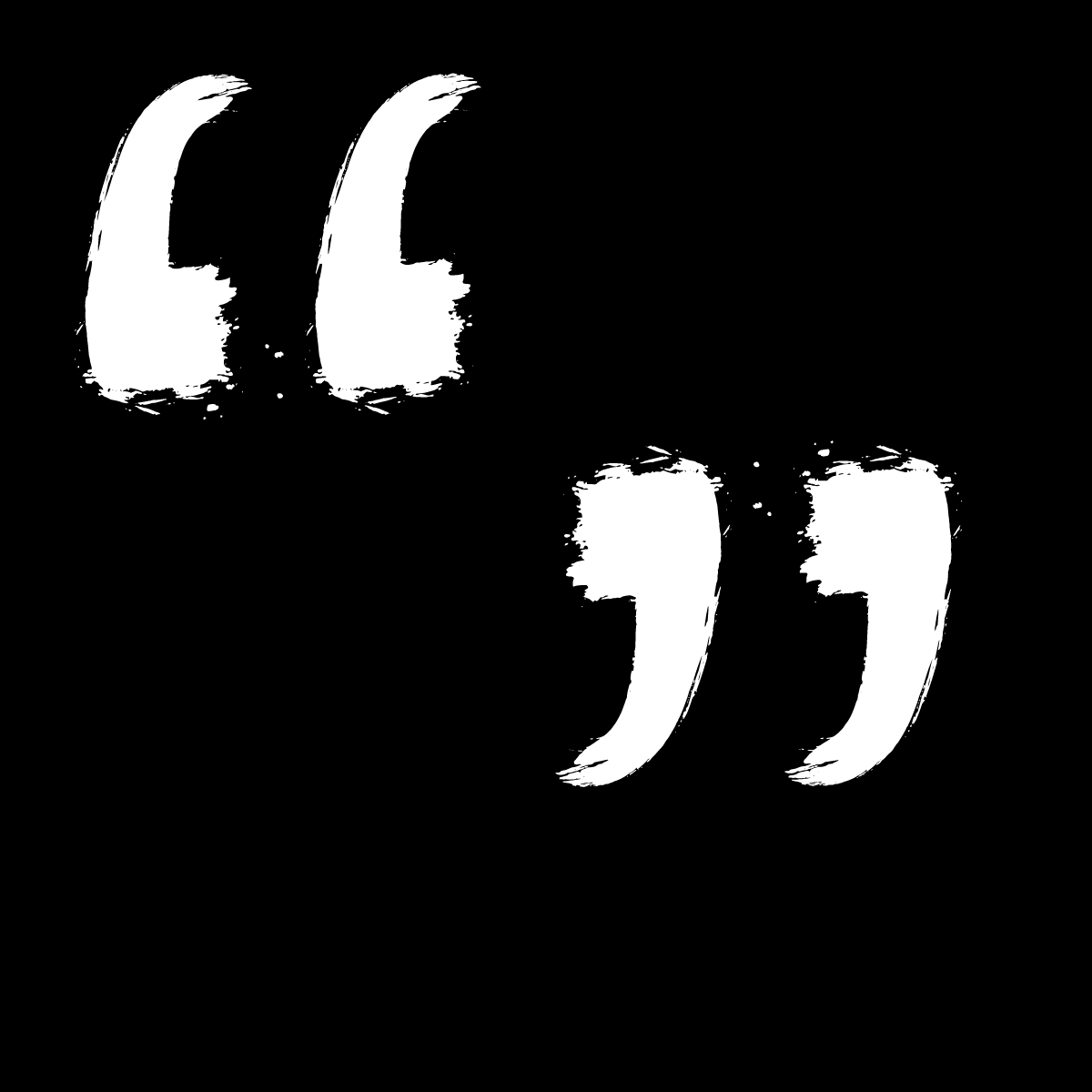Responsible Representation
Responsible
Representation
Responsible Representation and the Role of Sensitivity Readers in Editing Fiction: Censorship or an Ethical Imperative?
Emily Osborne
Malorie Blackman once wrote of reading as ‘an exercise in empathy’, and I tend to agree. From the moment we enter the world, we will engage with literature in some form or another. It is utilised from childhood as a means for educating, inspiring and entertaining. We read to learn about ourselves, about others and about the world, and seek out stories that teach us something about our place within it. But what happens when we do not see ourselves represented in books? Representations of minority groups are scarce in literature, and those that do exist can be exploitative or inauthentic. The Australian literary landscape makes it difficult for those who are not privileged, and whose stories do not align with what is considered the ‘norm’ to succeed. The book industry lacks diverse workers and lacks opportunities for diverse writers. Literature—especially children’s and young adult (YA) literature—is failing to present an accurate view of the world to its readers. This means our industry is failing to validate and give voice to the countless diverse people who engage with books from a young age, leading to their further marginalisation.
Sensitivity reading is a diversity initiative that has existed for many years as both a formal and informal editing practice. The role of a sensitivity reader is to read manuscripts that deal with complex representations of race, gender, sexuality, mental health, illness, disability, culture or religion. They can then assist the author with the development of more authentic and thoughtful representations of characters, settings, cultures and identities. In recent years, sensitivity readers have attracted controversy, with many questioning whether their input in the publishing process could be akin to censorship. In an age of cancel culture and online outrage, is sensitivity reading censorship? Or is it an ethical imperative of the publishing industry to ensure that it is not providing a platform for hate or ignorance in storytelling?
In the Australian literary landscape, minority groups are vastly underrepresented. Workers and writers from diverse backgrounds, such as Indigenous Australians, people of colour, LGBTQIA+ and gender diverse people as well as individuals living with chronic illness or disability are routinely excluded from and exploited within our publishing industries. At the same time, those from privileged backgrounds—specifically, those who can afford to work in unpaid or underpaid roles—are favoured. The structural and intersecting factors that lead to this underrepresentation are evident at all levels within the industry, from the publishing houses that decide which books make it to print, to the whitewashed literary prize panels and book review sectors that determine which of these books are worthy of praise and positioning within the Australian literary canon. These structural inequities were highlighted when a 2018 Books+Publishing survey of people employed within the publishing industry found that of 349 respondents, only six percent identified as a person of colour, 13 percent identified as LGBTQIA+, three percent identified as living with a disability and only one respondent (0.3 percent) identified as Aboriginal.
“The role of a sensitivity reader is to read manuscripts that deal with complex representations of race, gender, sexuality mental health, illness, disability, culture or religion.”
Such is the nature of the industry that it is entirely likely that a book which makes it onto our bookstore shelves could be seen through the publishing process in its entirety without ever being vetted by an editor, agent, reviewer or bookseller who comes from a diverse background. This is a huge problem, for a myriad of reasons. One reason being that it homogenises our literature, creating a culture in which only works that align with established notions of what is considered to be ‘great Australian writing’ (often those that align with the works of white, male writers) or works that are ‘deemed to be suitably exotic’ are promoted for mainstream consumption. Another being that authors who write about identities and experiences which are not their own, and are not those of anyone overseeing their work, may do so with a lack of understanding that can manifest as harmful, biased and stereotypical representations of already marginalised groups.
For as long as fiction has been published, authors and their editors have sought the external opinions and knowledge of all manner of experts—from historians and lawyers to musicians and pastry chefs—to ensure the authenticity of the worlds they create, regardless of their actual fictitiousness. Why then, is it so contentious for an author or editor to employ an individual who is particularly well positioned—often by means of their own identity or lived experience—to read and provide feedback on the characters and storylines that the author has chosen to write about, which may sit outside the realm of their own identity and experience? The practice of sensitivity reading not only ensures that portrayals of marginalised groups or sensitive topics are authentic and handled with integrity, but also that basic factual errors that others in the editing process may have been less likely to pick up on, need not make a fool out of the author once their book hits the shelves.
The actual role and influence that sensitivity readers have within the editing process seems to be entirely misunderstood by a number of—predominantly white—writers and journalists. In a piece for conservative American news site, the National Review, Katherine Timpf refers to sensitivity readers as ‘nutjobs who get mad over the things that made-up people say’ stating that if they are ‘given the freedom to hijack authors’ visions, we’re going to lose some beloved works of art that we could have otherwise enjoyed’. This is a gross exaggeration of the power that sensitivity readers have, one that mirrors the sentiments of writers like Lionel Shriver, who wrote: ‘Is it any longer acceptable for characters to be bigoted? Can a character in your novel vote for Brexit?’ adding: ‘The day my novels are sent to a sensitivity reader is the day I quit’. Joyce Carol Oates Tweeted in 2017: ‘No one should ever censor writers—just don’t read what offends you’. Aside from demonstrating both their immense privilege and complete lack of understanding of the sensitivity reading process, what each of these writers seems to highlight is a wider misconception that lumps sensitivity readers in amongst online cancel culture, painting them as overly sensitive, easily ‘triggered’ thought police.
In fact, the role of sensitivity readers is not to censor stories. It is not to prevent authors from writing outside their experiences and it is not to sift through manuscripts to merely flag for ‘offensive content’. Nor is it to prevent books from being published altogether. The role of a sensitivity reader is to improve stories, to make them ‘sharper, deeper, and more perceptive than they were before’, and to do this by creating a necessary dialogue between the writer and the cultures, identities and communities they are writing about. By building a platform of understanding and providing ‘honest, considerate, introspective opinions’, sensitivity readers allow for the development of more complex, authentic and nuanced representations of diverse characters and subjects. In short, they help craft better books. It is entirely up to the author and their editor as to whether they choose to heed the advice of a sensitivity reader, and it is not—as some white writers seem to believe—a form of censorship born out of this era of ‘online outrage’ that serves to stifle their artistic creation.
Sensitivity readers are not enforced upon authors. They are also not utilised purely by white authors writing non-white experiences. They are employed by writers from all backgrounds writing all manner of experiences. African American YA author Kyle V Hiller—who prefers the use of the term ‘authenticity reader’—speaks of utilising these readers even when he’s writing characters from his own culture, aptly stating that ‘our cultures aren’t a monolith’. A sensitivity reader from India’s Dalit community was employed to provide feedback on the novel Ahimsa by Supriya Kelkar, an Indian American writer who is not Dalit herself, and who stated that she ‘wanted to make sure the characters were accurate, and the injustices done to these characters were represented accurately’. Sensitivity readers may be called upon to provide feedback on works of fiction that tackle issues like mental health, suicide and illness. They can assist with the authors portrayal of complex, real life scenarios that should be treated sensitively, especially in narratives aimed at younger audiences.
Literature is powerful. And in an age where violence proliferates across the globe and ‘disproportionately affects the most vulnerable, which is to say, the young’, it is an ethical imperative of publishing industries to ensure that they are not providing a platform for stereotypes, ignorance and exploitation of minority groups in storytelling. A literary landscape that does not authentically reflect the immense diversity of our culture, one that erases the identities of those who do not see themselves reflected within it, is immensely harmful to all those who engage with it. What opponents of sensitivity reading seem to misunderstand is the notion of what it is like to exist—as well as to read, write and consume literature—in a world in which you are othered. ‘How to share your writing’ Australian writer and editor Leah Jing asks, ‘in a world which has not been made for you?’ Representations of minority groups and diverse identities are few and far between in Australian literature. When they exist, they are often defined by their ‘struggle, suffering or “otherness”’, as though in this climate, diverse stories need to be suitably ‘exotic’ in order to be worthy of engagement. This fetishisation and exploitation of diversity merely serves to perpetuate structural inequities and exclude diverse voices in the industry. When writers who have not lived these experiences believe that they are entitled to them in order to produce and profit from their art, they do so at great risk to the communities and identities they represent.
Sensitivity readers help create better books. They do not serve to prevent a writer from writing outside their experiences, merely to assist them in doing it well. Yes, you can still write ‘bigoted’ characters. You can explore issues of hate, racism, homophobia, sexism and violence via characters and settings in your novels. Sensitivity readers are not there to paint a perfect world in which these things do not exist, they are there to ensure that they are explored in thoughtful and compelling ways. Writing diverse characters and experiences should be done with care, integrity and context. A good fiction author and their editor/s will often be meticulous in their research and fact checking to ensure that their fictional representations of actual people, settings and issues are handled with authenticity, and that the worlds they create feel as real and captivating as possible. The utilisation of a sensitivity reader in the editing process should be treated no differently. It can be both glaringly obvious and harmful when an author writes about something with a lack of understanding. Intentional or not, stereotyping, bias and misrepresentation can occur and an author can come across as ignorant or culturally tone-deaf, while potentially alienating the diverse readership they may have wanted to reach. Literature and the arts in general have an immense impact on the way we see ourselves and others in the world. It is imperative that our literary industry represent diversity with care and authenticity, and sensitivity readers are just one initiative that can help achieve this responsible representation. But above all, we should be reading diverse writers. The lack of diversity within the industry needs to be addressed at a structural level, and diversification needs to occur within the channels that promote and distribute books. We need to read, support and invest in diverse writers and storytellers, not exploit their ‘otherness’. It is a huge loss when our literature only reflects on aspect of Australian life and culture, one that perpetuates marginalisation, violence and shame.
-
Support and read Australian writers from diverse backgrounds first and foremost.
-
When writing about cultures and identities that are not your own, consider whether you are the best person to do so. Ask yourself why you feel it is necessary to write these experiences.
-
Employ a sensitivity reader to vet your work and listen carefully to their feedback, observe where your own biases and preconceived notions may be coming into play in your writing.
-
Allow yourself to be challenged in terms of the way you think and write about these issues.
-
Sensitivity readers are not there to censor your work or stifle your creative output, they are there to ensure your work represents other cultures and identities with authenticity and integrity.









